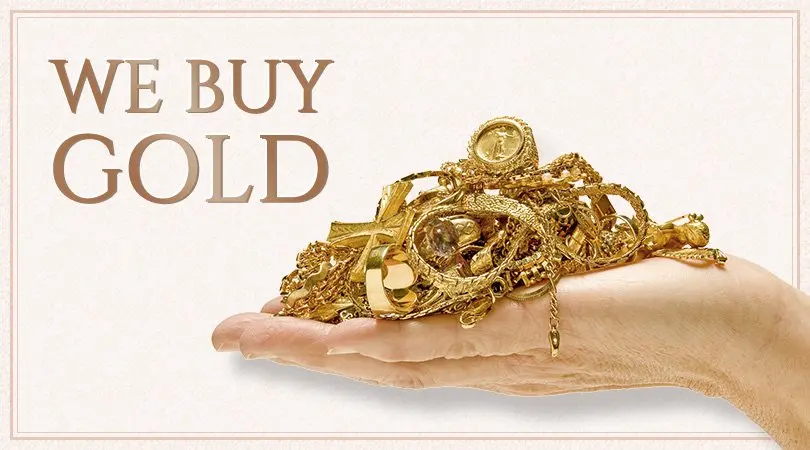Gold is esteemed among individuals throughout thousands of years, and its value remains robust in today's economy. This shiny metal is not just aesthetically pleasing; it has many properties that render it distinct. This element remains scarce, durable, and does not tarnish or corrode, which means it can last a very long time. These attributes have established gold a popular choice for jewelry, coins, and even as a medium of exchange. In contemporary times, the precious metal is regarded as a secure asset, particularly during economic uncertainty. Investors often turn to gold to safeguard their wealth when the stock market is unstable.

A primary factor gold retains its worth lies in its function as a hedge against inflation. Inflation takes place when the costs of goods and offerings increase gradually. When inflation occurs, currency diminishes in its purchasing power, which may cause people worried about their reserves. Gold often retains its stability during these times, meaning that it may assist in preserving purchasing power. This quality makes the precious metal an attractive choice for market participants seeking to safeguard their assets against the effects of inflation. As a result, many individuals choose to buy this metal when they worry that their money might lose value.
Another factor contributing to gold's lasting value comes from its requirement across various industries. Beyond jewelry and asset holdings, this element finds applications in technology and healthcare. For instance, the metal is present in mobile devices and electronic systems because of its excellent conductivity. In medicine, it is applied to certain treatments and medical instruments. This industrial demand supports the valuation of the commodity steady and can even drive it higher. As technology continues to advance, the need for gold in these applications is expected to grow, reinforcing its importance in the economy.
The view of the precious metal as a representation of selling unwanted jewelry affluence and investigate this site success also plays a significant role in its lasting appeal. Societies around the globe have long linked gold with prosperity and power. People often give gold as gifts during special occasions like weddings or anniversaries to represent love and commitment. This cultural significance helps maintain a strong market for the precious commodity, as buyers consistently pursue it for personal reasons outside of financial motives. The emotional connection people have with gold ensures that it will remain sought after.
Finally, the global nature of the gold market contributes to its enduring value. Gold is traded internationally, meaning that its value can be influenced by events happening all around the world. Political instability or changes in government policies may trigger variations in demand for gold. However, this global interest also means that there are many buyers and sellers willing to trade it at any given time. As economies grow or shrink, the market for gold adjusts accordingly but generally remains robust due to its universal appeal and applications.
To summarize, the precious metal’s lasting value in the modern economy is due to several key factors: its unique properties, ability to hedge against rising prices, industrial demand, traditional importance, and global market dynamics. As long as people acknowledge the importance of this commodity for various purposes—whether for investment or individual purposes—the metal will most likely retain its position as a vital asset in today's economy.